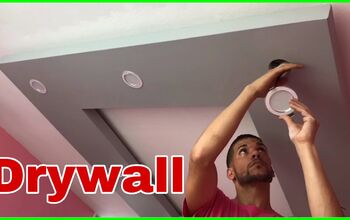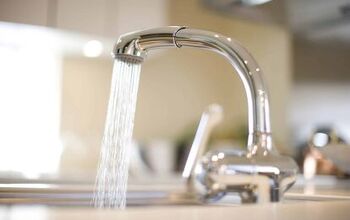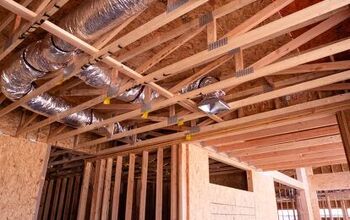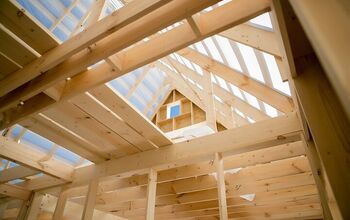Top Tips For Growing Plants In Raised Beds

Growing plants in raised beds offers numerous benefits. It allows you to control the soil type, makes fertilizing and watering easier, and even helps with weed mitigation. However, this gardening method has its challenges, which is why it's essential to know all the top tips for building and maintaining raised beds before you begin.
When you create raised gardening beds in your yard, choose the best location to grow your plants. Build beds that are deep enough for the plants you want to grow, and ensure they are at least two feet wide for optimal results. Use quality soil and compost, and add mulch after you plant to help with soil retention. Use quality materials that can endure natural elements and weight.
Using raised beds helps make gardening efficient and organized. They also have aesthetic appeal. For those with bad soil, raised beds are often the best option for cultivating a successful crop in the backyard. If you want to try this gardening method, but don’t know where to start, then this article is for you. Below is a list tips you might not have thought of that will help you grow plants successfully in raised beds.
14 Tips For For Beginners To Grow Plants In Raised Beds
1. Choose Your Garden Bed Location Wisely
When you plan to build a garden bed in your yard, the first thing to consider is the location. You want to opt for a spot in your yard that’s easy to reach and easy to water. It’s also important to choose a spot your plants will love.
Most plants like full sun or a bit of shade. Opt for a location in your yard that gets plenty of sun each day. Remember, you can always add shade easily to your garden, but you can’t add sunlight.
2. Ensure The Bed Is Wide Enough
When you set up garden beds in your home, there is no rule on how wide or long they need to be. There are, however, some helpful guidelines. Length usually depends on your available space. Width, however, is usually up to you.
You can have very narrow beds, but as a general rule of thumb, try not to build a garden bed less than two feet wide. Once you have two or more feet in width, you can plant larger plants, and more than one plant in a row. This opens up more options and makes it easier to maximize space.
3. Weigh Pros And Cons When Choosing The Height And Depth
Another dimension you should consider thoroughly when designing your raised beds is the height. For one, you need to decide how far off the ground they will be. Beds above the ground are less susceptible to pests and weeds, but don’t have the benefit of the additional soil in the ground. They also require more frequent watering.
You also must consider the depth of the bed itself. Raised beds should be at least six inches deep for herbs, lettuces, and other fast-growing plants with shallow roots. Other plants, including tomatoes, benefit from a bed that is 18 inches or deeper. Ensure you choose a bed that is tall and deep enough to support the plants you want to grow.
4. Allow Plenty Of Walking Space Between Beds
Remember to create space between your raised beds. After all, you need to water, weed, harvest, and care for each plant. When there are walking paths between the beds, it’s easier to perform these tasks.
A minimum of two feet is ideal, as this allows most people plenty of space to walk between the raised garden beds without feeling constrained.
5. Choose The Right Soil
One of the top benefits of growing plants in raised beds is that you get to choose the soil that goes in them. While this is a great benefit, it’s only helpful when you use the right soil. Ensure you use nutrient-rich, well-draining soil.
If you plan on having multiple beds, you can group plants based not only on their watering needs, but also their soil needs. You can even have soils with varying pH levels.
6. Use Durable And Strong Materials To Build Your Garden Beds
If you spend time and money building raised beds, then you want them to last and endure the changing seasons. To ensure your raised beds can handle the natural elements, as well as the weight of the soil and plants, you must use strong materials.
Wood is a popular material to use when building raised garden beds. If you choose wood, opt for rot-resistant varieties like oak and cedar. While they cost a bit more initially, they should last much longer than cheap wood. You can also use metal, bricks, stones, or a combination of these materials to build long-lasting raised garden beds.
7. Compost And Fertilize On A Regular Schedule
In addition to adding the right soil to your raised garden beds, it’s important you also add compost and fertilizer to ensure your plants thrive. Raised beds, especially beds that are built above ground, can lose nutrients rather quickly.
Fold in compost when you start your beds, and add more seasonally. Establish a feeding routine so your plants always have plenty of nutrients.
8. Consider A DIY Irrigation System
Since raised beds are usually built in a straight line, this makes them perfect for an irrigation system. You can build a DIY drip irrigation system using a hose or PVC pipe and strategically placed holes.
An irrigation system will make watering your plants easier, and it also ensures the water goes directly to the plants’ roots, rather than on the leaves.
9. Don’t Overcrowd Your Plants
It can be very tempting to load tons of plants into your newly installed plant beds, but you must resist this urge. Raised beds have limited soil, which means overcrowding your plants can have even more negative effects than if you had planted them in the ground.
Raised beds offer limited soil and space, so ensure all your plants have room to grow and breathe. This will ensure success and also reduce the risk of mold and pest-related issues.
10. Group Plants Based On Water And Sunlight Needs
If you have more than one raised bed, then you should seriously consider grouping your plants. One of the best ways to group your plants is by their water and sunlight needs. Plants that need the most sun should go in the sunniest plant beds, and those that need constant watering should be in the same bed, ideally close to a water source.
This is a great way to cut back on the time you spend on gardening chores while also keeping your plants happy.
11. Build Raised Beds Gradually Rather Than Many At Once
When you embark on the journey of growing plants in raised beds, remember you don’t need to build perfection in a day. Instead, take your time and build beds one at a time, and not all at once.
Taking your time will make the project more manageable, and it will also allow you the opportunity to learn from mistakes and improve upon your design.
12. Don’t Forget To Add Mulch
Since raised beds tend to lose moisture quickly, you must do all you can to help the soil maintain as much moisture as possible. Adding a good mulch is a great way to help lock in moisture. It will also protect plant roots and help keep weeds at bay.
13. Map Out The Garden With Dimensions Before You Start
You want your raised garden beds to last. One top tip to ensure this happens is to map out your plan before you start digging and building. Creating a blueprint of sorts will help you choose the best sizes, shapes, and locations for your garden beds. It will also make your shopping list and measurement-taking much easier.
14. Look For Cheap Building Materials To Save Money
If you are gardening on a budget, consider looking around for cheap and free building materials before you build your raised garden beds. You can often find scrap wood, including wood palettes, as well as bricks and scrap metal. This can help significantly reduce your costs.
Summing Up Top Tips When Growing Plants In Raised Beds
Raised plant beds have a lot going for them. They look great, keep your garden organized, and help you control the soil and what goes in it. If you are planning on growing plants in raised beds, you should consider mapping out your garden in advance.
Ensure you allow enough space to walk between your raised beds, and ensure they are deep enough for the plants you want to grow. Group plants in beds based on their water and sunlight needs, and remember to compost, fertilize, and add mulch as needed.
Related Guides:
- How To Keep Landscape Timbers From Rotting (Do These 4 Things!)
- 9 Gardening Tips For Seniors
- What Is The Best Mulch For Vegetable Gardens?

Tom Gaffey is an expert writer who currently resides in Washington D.C. Tom has a passion for real estate and home improvement writing, as well as travel and lifestyle writing. He lived the last twelve years in Hawaii where he worked closely with luxury resorts and event planners, mastering his knowledge of aesthetics and luxury products. This is where he found his passion for home improvement and a keen interest in DIY projects. Currently, Tom resides in Washington D.C, and also working on his debut fiction novel.
More by Tom Gaffey











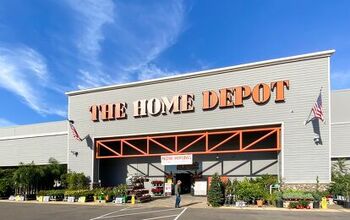

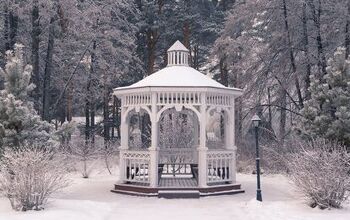
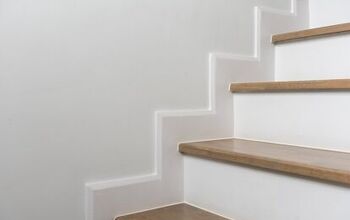
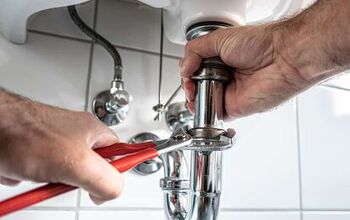

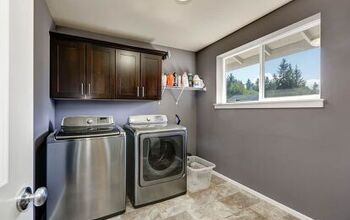

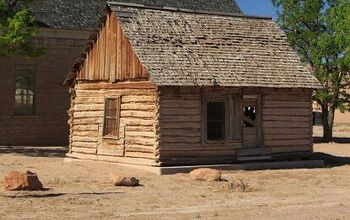
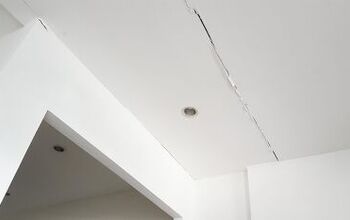
![12 Washing Machine Brands to Avoid [with Recall Data]](https://cdn-fastly.upgradedhome.com/media/2023/07/31/9075781/12-washing-machine-brands-to-avoid-with-recall-data.jpg?size=350x220)


